Stir-fried rice noodles, a cornerstone of Asian cuisine, have captivated taste buds worldwide with their versatile flavors and satisfying textures. Whether you know them as chǎo fěn in Chinese, pad thai in Thai, or bihun goreng in Indonesian, this dish’s appeal lies in its simplicity and adaptability. Crafting the perfect plate requires a careful selection of ingredients, each playing a pivotal role in achieving harmony between savory, tangy, and aromatic notes. This comprehensive guide will explore every component needed to master stir-fried rice noodles, from the foundational starches to the finishing garnishes, ensuring your dish rivals those from your favorite street-side vendor or restaurant.
The Backbone: Rice Noodles
At the heart of any stir-fried noodle dish lies the rice noodle itself. Made from rice flour and water, these noodles come in various shapes and sizes, each suited to different cooking methods. For stir-frying, opt for fresh rice noodles (often labeled as he fen or shahe fen) or dried rice sticks. Fresh noodles, typically sold in refrigerated packages, offer a soft, chewy texture and require minimal preparation—simply separate and cook. Dried noodles, available in thin, medium, or wide widths, need rehydration before stir-frying. Soak them in hot water for 10–15 minutes until pliable but not mushy, then drain thoroughly to prevent sogginess.
Pro Tip: Avoid overcooking rice noodles during soaking, as they will continue to soften in the wok. Rinse under cold water after draining to halt cooking and prevent sticking.

Proteins: The Flavor Foundations
Proteins elevate stir-fried noodles from a side dish to a satisfying meal. Choose based on preference or dietary needs:
- Chicken: Thigh meat, sliced into bite-sized pieces, stays juicy and absorbs sauces beautifully. Marinate in soy sauce, cornstarch, and a pinch of white pepper for tender results.
- Beef: Flank or sirloin steak, thinly sliced against the grain, benefits from a quick marinade in oyster sauce and baking soda for ultimate tenderness.
- Shrimp: Large, peeled shrimp cook in minutes; pat them dry to avoid steaming instead of searing.
- Tofu: Firm or extra-firm tofu, pressed and cubed, provides a vegetarian protein boost. For crispy texture, pan-fry before adding to the wok.
- Eggs: Scrambled eggs add richness. Whisk with a splash of water for fluffiness, and cook in a thin omelet layer before slicing into strips.
Vegetarian Variation: Substitute proteins with edamame, tempeh, or seitan for a plant-based twist.
Vegetables: Color, Crunch, and Nutrition
A medley of vegetables balances the dish’s flavors and textures. Aim for a mix of crisp, tender, and aromatic options:
- Onions & Garlic: Sautéed until golden, these aromatics form the flavor base. Shallots offer a sweeter alternative.
- Bell Peppers: Thinly sliced for crunch and vibrant color.
- Carrots: Julienned or shredded for sweetness and texture.
- Cabbage: Napa or green cabbage, shredded, adds a mild, crisp element.
- Bean Sprouts: Fresh, crisp sprouts provide a refreshing contrast. Add them toward the end to retain their crunch.
- Mushrooms: Shiitake or cremini mushrooms, sliced, contribute earthy depth.
- Scallions: Chopped green onions, both whites and greens, for a fresh, oniony finish.
Advanced Tip: For umami richness, add dried shiitake mushrooms—rehydrate them in warm water, then slice and stir-fry.

Aromatics and Seasonings: The Flavor Symphony
The magic of stir-fried noodles lies in the interplay of aromatics and seasonings. Stock your pantry with these essentials:
- Soy Sauce: Use light soy sauce for saltiness and dark soy sauce for color. Tamari or coconut aminos are gluten-free alternatives.
- Oyster Sauce: A thick, briny sauce that adds depth. Vegetarian oyster sauce (made with mushrooms) is available.
- Fish Sauce: A pungent, salty liquid that imparts authentic Southeast Asian flavor. Use sparingly.
- Sesame Oil: Toasted sesame oil, drizzled at the end, lends a nutty aroma.
- Rice Vinegar: Balances richness with a subtle tang.
- Sugar: A pinch of palm or brown sugar caramelizes during cooking, enhancing complexity.
- White Pepper: Freshly ground pepper offers a mild heat without overpowering.
- Chili Pastes: Sriracha, sambal oelek, or chili garlic sauce add controlled spice.
Customization: Adjust seasonings to taste—some prefer a sweeter profile, while others lean into saltiness or heat.
Optional Add-Ins: Elevate Your Dish
Take your noodles to the next level with these optional enhancements:
- Herbs: Fresh cilantro, Thai basil, or mint leaves add brightness. Tear them just before serving.
- Nuts: Crushed peanuts or cashews contribute crunch. Toast them first for deeper flavor.
- Pickled Vegetables: A side of pickled mustard greens or daikon offers a tangy counterpoint.
- Lime Wedges: A squeeze of lime brightens the dish before eating.
Cooking Fats: The Conductor of Flavor
The right oil ensures even cooking and prevents sticking. Options include:
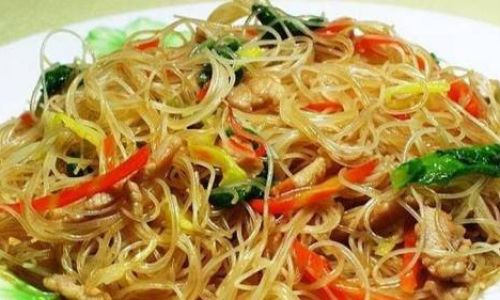
- Vegetable Oil: Neutral-flavored oils like canola or peanut work best for high-heat stir-frying.
- Coconut Oil: Imparts a subtle tropical note, ideal for Southeast Asian-style dishes.
- Lard or Bacon Fat: For indulgent, smoky flavor (use sparingly).
Avoid: Olive oil, which has a low smoke point and can impart bitterness.
Equipment Essentials
While a wok is traditional, a large skillet (12–14 inches) suffices. Ensure your cooking vessel is:
- Hot: Preheat until smoking to achieve wok hei, the smoky charred flavor.
- Non-Stick: A well-seasoned carbon steel wok or cast-iron skillet prevents sticking.
- Spacious: Overcrowding the pan leads to steaming instead of searing.
Tools: A metal spatula or tongs for tossing, kitchen shears for cutting noodles, and a colander for draining.
Preparation Workflow: Efficiency is Key
Stir-frying happens quickly, so prep ingredients in advance:
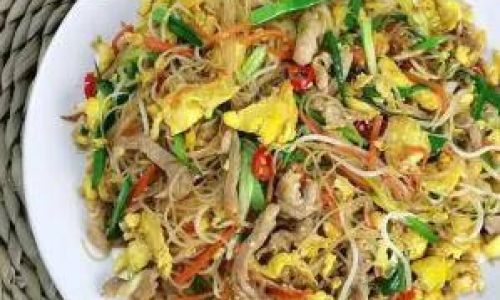
- Soak Noodles: As directed, then toss with a drizzle of oil to prevent clumping.
- Prep Proteins: Marinate and set aside.
- Chop Vegetables: Keep them uniform in size for even cooking.
- Mix Sauces: Combine soy sauce, oyster sauce, sugar, and water in a bowl.
Pro Tip: Line up ingredients near the stove in the order they’ll be added—a technique called mise en place.
Cooking Technique: Mastering the Wok
- Heat the Wok: Over high heat until a drop of water evaporates instantly.
- Add Oil: Swirl to coat the surface.
- Stir-Fry Aromatics: Cook garlic and ginger until fragrant (30 seconds).
- Sear Proteins: Add meat or tofu, stir-frying until browned. Remove and set aside.
- Sauté Vegetables: Start with denser veggies (carrots, mushrooms), then add quicker-cooking ones (bell peppers, cabbage).
- Combine Noodles and Sauce: Toss noodles into the wok, pour in the sauce, and stir-fry until evenly coated.
- Reintroduce Proteins: Add cooked proteins and bean sprouts, tossing gently.
- Finish with Aromatics: Drizzle sesame oil, toss in scallions, and remove from heat.
Wok Hei Secret: For a smoky flavor, cook over a gas flame or use a portable burner.
Troubleshooting Common Issues
- Sticky Noodles: Rinse soaked noodles under cold water and toss with oil.
- Soggy Vegetables: Cook them separately and add at the end.
- Bland Flavor: Balance seasonings with extra soy sauce, lime, or sugar.
- Overcooked Proteins: Sear in batches to maintain juiciness.
Regional Variations: A World of Noodle Delights
- Thai Pad Thai: Features tamarind pulp, crushed peanuts, and lime.
- Malaysian Char Kway Teow: Includes blood clams, cockles, and lard.
- Singaporean Fried Hokkien Mee: Boasts a dark soy sauce glaze and prawns.
- Vietnamese Mi Xao: Tossed with fish sauce, pickled vegetables, and herbs.
Health and Dietary Adaptations
- Gluten-Free: Use tamari, coconut aminos, and certified gluten-free oyster sauce.
- Low-Sodium: Reduce soy sauce and enhance flavor with fresh herbs and lime.
- Vegan: Substitute fish sauce with mushroom-based seasoning and use tofu or tempeh.
Serving Suggestions
Pair stir-fried noodles with:
- Sides: Spring rolls, dumplings, or a crisp cucumber salad.
- Beverages: Jasmine tea, light beer, or a citrusy soda.
- Garnishes: Extra herbs, lime wedges, and chili flakes.
Conclusion: The Art of Balance
Stir-fried rice noodles are a canvas for creativity, blending textures, flavors, and cultures. By mastering the interplay of ingredients—from the silken noodles to the fiery chili kick—you can recreate the magic of street food stalls in your own kitchen. Experiment with proteins, vegetables, and seasonings to suit your palate, and remember: practice makes perfect. Whether you prefer the sweet-savory notes of pad thai or the fiery punch of Sichuan-style noodles, the key lies in balancing bold flavors with tender ingredients. So grab your wok, fire up the stove, and embark on a culinary journey that transcends borders—one plate of stir-fried rice noodles at a time.
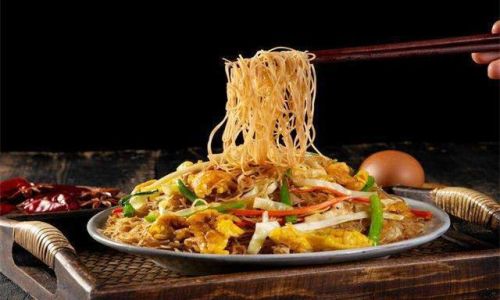

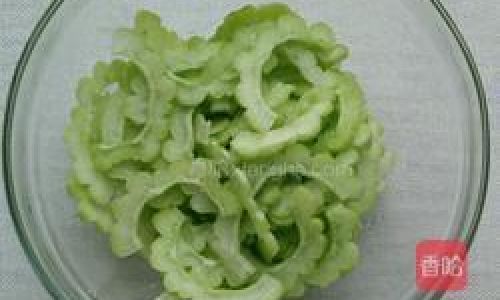

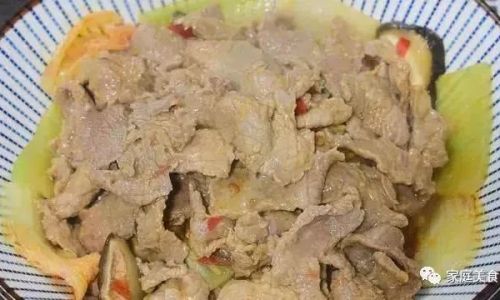
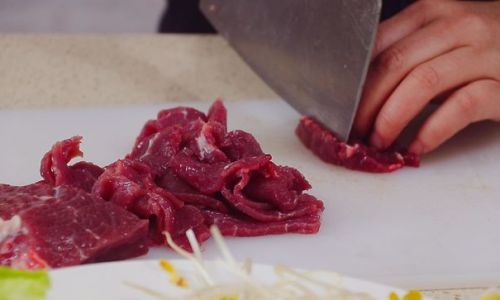
0 comments